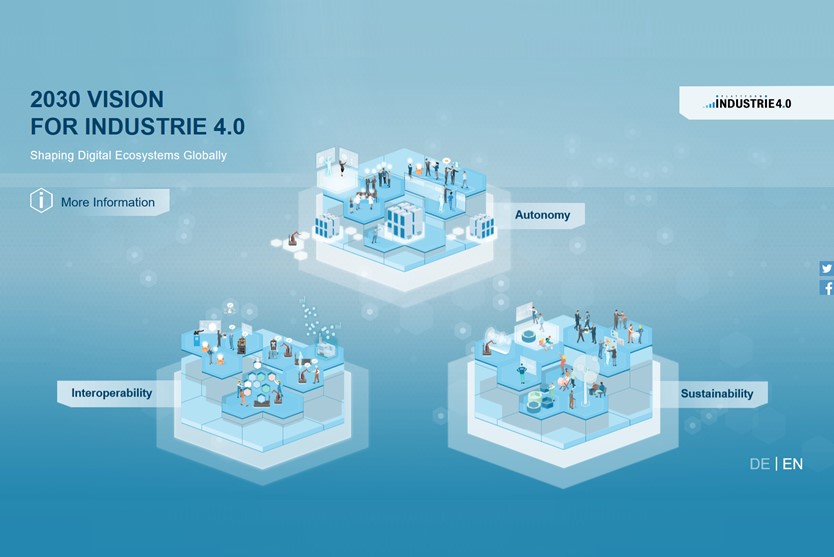Application examples:
Manufacturing industry
Value creation:
Production & supply chain
Development stage:
Market-ready/productive use
Company size:
more than 15,000 employees
Region:
What were the challenges to be solved and what specific benefits were achieved?
Manufacturing lines in the Robert Bosch GmbH plant in Reutlingen (RtP2) carry a variety of work piece carriers. The installation of RFID chips on the work piece carriers enables them to connect with process data. This allows the technical departments an easy correlation of process data with the work piece carrier used. Missing, or slightly defective work piece carriers can be identified without much effort. In doing so, this connected industry solution contributes to the lowest possible error rate, even in processes with high numbers of units. What is special about this solution: Data of every component in the process can be connected with each other, saved and analysed in the Manufacturing Execution System (MES). For every tightening process, the ID of the used tool, the parameters of the tightening process, as well as the ID of the work piece carrier are documented. Only in this way is it possible to analyse data over a period of several months, of more than several thousand numbers of units, and to identify sources of error.
How can the Industrie 4.0 approach be described?
Every work piece carrier is equipped with an RFID chip. In critical processes, in which the work piece carrier influences the result of the process, the RFID chip of the work piece carrier transmits the work piece ID to the machine control (PLC). During every tightening process, the PLC is storing the work piece ID with the result data in MES. Networking all components of the manufacturing process, and archiving all data, employees are enabled to detect undiscovered sources of error.
What could be achieved?
The error rate for automatic tightening processes was already very low – ranging in an area of very few tenths of a percent. Nevertheless, through the analysis and correlation of data, some conspicuous work piece carriers could be identified. The removal of those sources of error led to a further reduction of the error rate. A long-term analysis with a conventional, manual collection of data would have been almost impossible.
What measures have been taken to achieve the solution?
In 2014, all work piece carriers of one manufacturing line were equipped with an RFID chip. When processing a component, all data – including the work piece carrier ID – are collected and saved. In doing so, all processes including the work piece ID, can be analysed on a long-term basis in order to detect sources of error early on.




